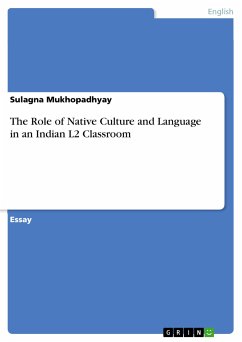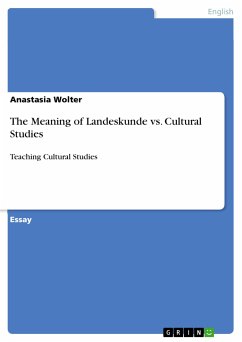Seminar paper from the year 2016 in the subject English Language and Literature Studies - Culture and Applied Geography, grade: 1,0, University of Paderborn (Institut für Anglistik und Amerikanistik), course: "What is the City but the People?" - Exploring Renaissance London, language: English, abstract: The city comedy "A Chaste Maid in Cheapside" was written by Thomas Middleton in 1613 and published in quarto in 1630. It is situated in Cheapside, the main market square in London then. The story consists of several plots that develop around the constituent families and cross in the course of the play. In this work, I explore a part of Renaissance London. With the help of Thomas Middleton’s play "A Chaste Maid in Cheapside", published in 1630, I investigate the gender role of the main character Moll, who is also the “chaste maid”. I draw attention to the questions: How is “the chaste maid” represented? What is her role within the social systems of family, lover and arranged marriage partner? How is Moll an example for women’s positions between gender and social roles within society? I argue that Moll’s role shows a clear example of how women were treated unequally and how they had less rights than men. When analyzing the woman’s role within society, I consult secondary sources that examine the image of women and gender during that time so that the satire of the play can be understood accordingly.









